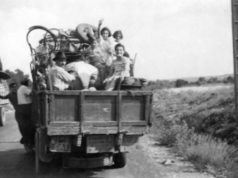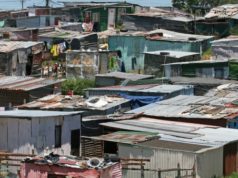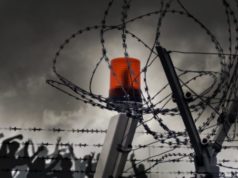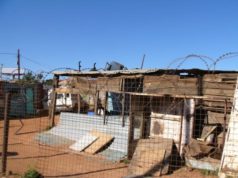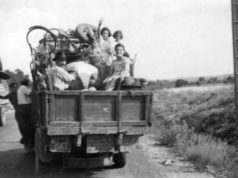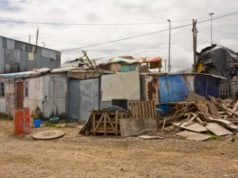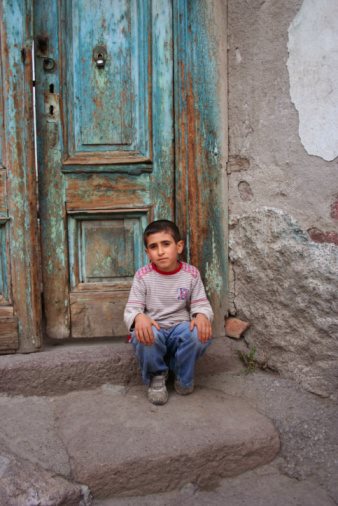
Cuban Refugees: Escaping Political Oppression and Economic Hardship
Cuba is a country that has experienced significant political and economic turmoil for decades. Under Fidel Castro’s regime, the Cuban people faced strict restrictions on their political and social freedoms. The country’s economy was centrally planned, and the government had a monopoly on all economic activity. Today, the country is still plagued by poverty and political instability, leading many Cubans to flee their homeland in search of a better life. This article will explore the history of Cuban refugees, their struggles, and the ways in which various governments have responded to the issue.
The History of Cuban Refugees
The first wave of Cuban refugees happened in the late 1950s and early 1960s, as the country was undergoing a political upheaval, during which Fidel Castro’s communist government rose to power. Many Cubans fled their homes to protect themselves and their families from persecution. Among the refugees were a significant number of well-educated and wealthy individuals, who were fearful of losing their status and facing persecution.
In the years following the revolution, Cuba became a one-party communist state, with the government controlling all aspects of life. The country’s economic policies were geared towards socialist principles, with the state controlling all industry and property. The government was quick to suppress dissent, and political opponents were often arrested, imprisoned, and executed.
For many Cubans, conditions in the country became unbearable. Political oppression, food shortages, and economic hardship drove many to risk everything to leave the island, seeking refuge in other countries. By the early 1970s, it was estimated that there were over 100,000 Cubans living in exile in the United States alone.
The Mariel Boatlift
The Mariel Boatlift was a significant event in the history of Cuban refugees. In 1980, Fidel Castro announced that any Cuban who wanted to leave the country would be allowed to do so. The decision resulted in a mass exodus, as more than 125,000 Cubans fled the country, mostly traveling by boat to the United States.
The Mariel Boatlift had a significant impact on U.S.-Cuban relations. The influx of refugees created a logistical and political challenge for the United States, as the government had to find ways to cope with the sudden surge of people. Many of the Cubans who arrived in the United States were unskilled, and there was considerable fear that they would struggle to integrate into American society.
Despite the challenges, the United States eventually was able to absorb the refugees from the Mariel Boatlift. Cubans who arrived in the country were granted legal status, and many quickly found employment and established themselves in their new communities.
Cuban Refugees Today
Today, the number of Cuban refugees has decreased, but the problem still exists. Many Cubans continue to flee the country in search of better opportunities elsewhere. The causes of this migration are complex and multifaceted, but they are rooted in the economic and political realities of life in Cuba.
The Cuban economy is still centrally planned, with the government controlling all industry and property. While the government has made some efforts to liberalize the economy in recent years, progress has been slow. As a result, many Cubans still struggle to make ends meet.
The political situation in Cuba has also led to continued problems of repression and censorship. Dissent is still ruthlessly suppressed, and political opponents continue to face persecution. For many Cubans, these factors make life in Cuba intolerable, and they see no other option than to leave.
The Response of Other Countries
Cuban refugees have sought asylum in several countries, including the United States, Mexico, Spain, and Canada. Each country has responded differently to the issue, with some being more welcoming than others.
The United States has historically been the primary destination for Cuban refugees. The country has a special policy for Cuban immigrants, known as the Cuban Adjustment Act, which grants Cubans who reach U.S. soil a path to legal residency and eventually citizenship. The policy has been in place for decades and has facilitated the resettlement of thousands of Cubans in the United States.
In recent years, however, the United States has tightened its policy towards Cuban refugees. In 2017, the Trump administration announced that it was suspending the processing of visas for Cubans, citing concerns about Cuba’s cooperation in the repatriation of its citizens who had been ordered deported from the United States. This move led to a significant slowdown in the number of Cubans accepted into the United States as refugees.
Mexico has also been a destination for Cuban refugees, although the country’s policies towards them have been less welcoming. The Mexican government has deported many Cuban migrants, despite concerns that they may face persecution or torture if they are returned to Cuba. This policy has been criticized by human rights organizations, who argue that Mexico should do more to protect the rights of Cuban refugees.
Canada and Spain have both been more welcoming towards Cuban refugees than Mexico. Both countries have policies in place to facilitate the resettlement of Cuban migrants, and many have found success and stability in their new homes.
Conclusion
Cuban refugees are a product of the political and economic turmoil that has characterized the country for decades. While conditions have improved somewhat in recent years, many Cubans still face significant challenges in their daily lives. Economic hardship, political repression, and the lack of personal freedoms have led many to leave the country in search of a better life.
Despite the challenges they have faced, Cuban refugees have shown remarkable resilience and continue to make important contributions to the countries where they have resettled. Their experiences highlight the importance of compassion and support for those who are forced to flee their homes due to political oppression and economic hardship.
It should be noted that Americans were initially supportive of Fidel Castro’s aims in the late 1950’s to overthrow the Cuban government, as then-leader Fulgencio Batista had turned his leadership into a dictatorship.
Batista was out of power himself as a result of the guerrilla tactics of Fidel Castro, Ché Guevara and other insurgent revolutionaries. Batista’s power grab and the violence involved in his removal were already provocation for a number of Cuban refugees to flee the country for their safety. Nonetheless, upon Castro’s rise to power in Cuba, he also assumed a dictatorial role.
More importantly, he began to embrace Soviet Communism as a political and economic ideology and sought to suppress the role of the Catholic Church in Cuba as part of his Marxist ideals. Yet another period of Cuban refugee migrations ensued over fears of this new, oppressive Communist regime and the concern of many elite Cubans for raising their children.
Freedom Flights – Amid the constraints on political dissent and expression of religion placed on Fidel Castro’s Cuba, the dictatorship was also responsible for significant changes to the country’s economic infrastructure. With the United States’ embargo on Cuba in place and Castro moving to shut down private businesses, consequently, the Cuban refugee movement country remained relatively strong in number even after the Revolution.
Nevertheless, despite all his attempts to control its citizens, Castro did ultimately permit many to leave the country. The Freedom Flights, agreed upon by the Cuban and American governments, brought hundreds of thousands of Cuban refugees to America.
Other waves – Cuban refugees would yet again come to America in droves in the 80’s and 90’s. One of the more controversial events that sent thousands more knocking on America’s doors was the Mariel Boatlift incident of 1980. The situation started with the desperate attempt of Cuban nationals trying to gain asylum from the Peruvian embassy in Havana by driving a bus through the gates, an embassy guard being shot and killed in the process.
However, the Cubans were, in fact, granted protected status, and Castro, responding in anger, removed the guards from the embassy and later authorized the resettlement of thousands more Cuban refugees by Cuban-American family members. Later, following the collapse of the Soviet Union in 1991, another downward economic spiral and riots in the capital city, Castro once again supported Cuban refugee transit to the United States. Destitute Cubans, some in little more than tires, fled to the United States in still more tens of thousands.



